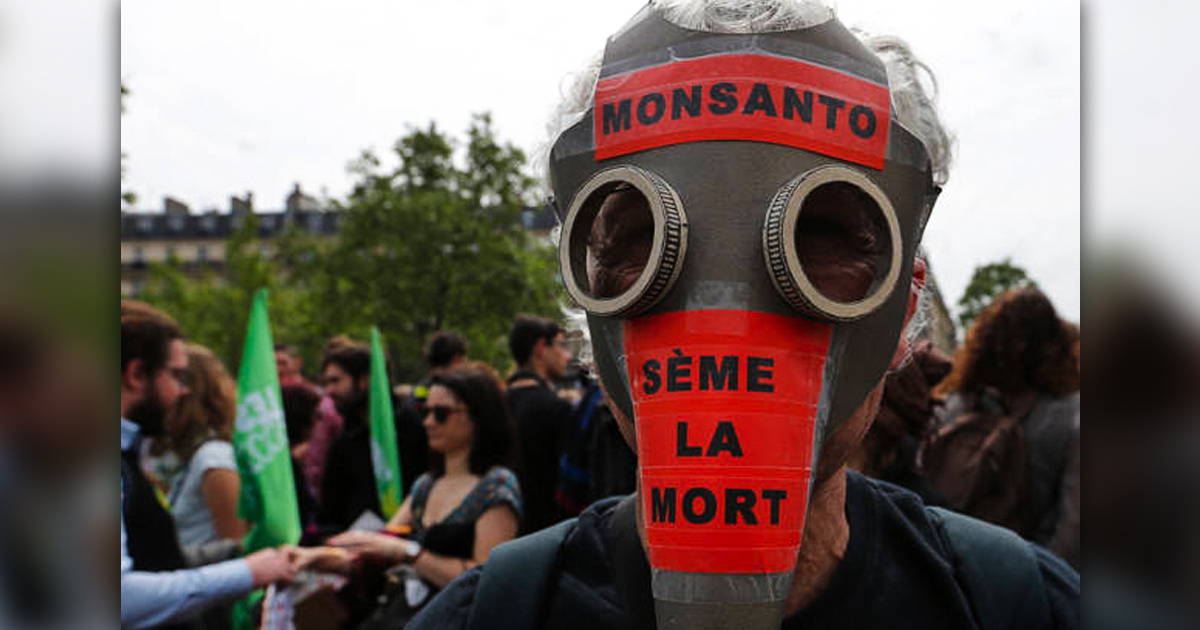Even at its worst back in the 1960s and early 1970s, smog in Southern California’s Los Angeles Basin was never as bad as it’s gotten in the Beijing metro region in recent months.
This week, the Particulate Matter Index 2.5 index (a measurement of airborne particles 2.5 microns in diameter or greater) was 300 – and in other major cities in the region, that number climbed to a whopping 500. The “safe” level, according to the World Health Organization, is 25.
The South China Morning Post reports that 23 cities in the northern region have issued red alerts for air pollution, with smog blanketing as much as 15% of the country. The problem has gotten so bad that over 350 flights at Beijing Capital International Airport had to be canceled and highways have been shut down due to poor visibility.
The problem has also gotten bad enough to shut down hundreds of Chinese factories – and therein lies a big part of the problem. Fueled by an expanding capitalist economy in the absence of strong air quality regulations, China’s industries and power infrastructure relies heavily on coal. It’s one reason that many U.S. industries have been setting up shop in China – they don’t have to worry so much about pesky environmental rules. But the Chinese people do.
Of course, the capitalist “free market” has a ready solution for the same problems it created. Following the example of fine corporate people such as Nestle, which steals public water supplies, bottles it, and sells it back to the public at a 3000% markup, a startup company in Canada is selling bottled air in China for the equivalent of $14 to $24 a pop.
Admittedly, the business venture started out as a joke, similar to canned Seattle rain that was in Puget Sound-area gift shops briefly about 30 years ago. However, a spokesperson for Vitality Air said that two weeks after the company began operations last year, their entire inventory in China had sold out.
As bad as the situation is in Northern China, it isn’t the worst air pollution in the world. Currently, that dubious honor goes to the Iranian city of Zabol, although much of the problem in that region is due to dust storms caused by soil erosion.
When it comes to industrial pollution, India is home to nearly half of the world’s 50 worst cities. Not surprisingly, a number of cities in oil-producing regions of the Middle East rank high on the list, including Jubail and Riyadh, Saudi Arabia.
Americans should be grateful: the U.S. city with the worst air pollution is the small farming community of Visalia, California, which ranks at #1080 worldwide. In general, air quality in the U.S. is far better than that of most countries of the world.
However, if Trump’s cabinet picks are any indication, those days could be numbered. His pick for head of the EPA, Scott Pruitt, has been a whore for the fossil fuel industry for years, and proudly declares that he is the “leading advocate against the EPA’s activist agenda.” While his primary interests lie in oil and natural gas (which cause their own forms of pollution), you can bet it won’t be long before we start hearing the same B.S. About “clean coal” as decades of environmental progress in this country are summarily consigned to the garbage heap.
The only glimmer of hope is that Trump and his hand-picked cronies will realize that ultimately, they’ll have to breathe the same air as the rest of us (once they’ve cleaned out Vitality Air of its inventory).
In the meantime, they should take a good, hard look at China – because that is very possibly be what lies in store for us.




